-
 Education[Updated February 2024] There’s one thing that beats inspiring kids to take up neuroscience: Watching them not only catch the spark but pass it along! High schooler Supriya Nair is our case in point. Through scientific outreach using our SpikerBox, she has already ignited the interest of hundreds of her peers who got to see and […]
Education[Updated February 2024] There’s one thing that beats inspiring kids to take up neuroscience: Watching them not only catch the spark but pass it along! High schooler Supriya Nair is our case in point. Through scientific outreach using our SpikerBox, she has already ignited the interest of hundreds of her peers who got to see and […] -
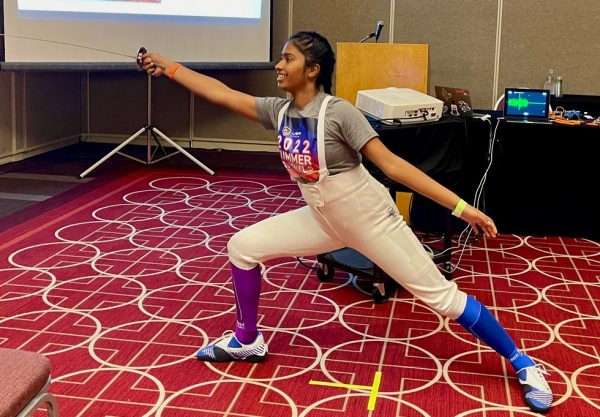 ExperimentWhat do neuroscience and fencing have in common? This was a question asked—and answered!— by Supriya Nair, high-schooler and neurofencer from Washington State. After winning WA State Science Fair two years in a row using our gear, this young scientist took the opportunity to present her neurofencing research at US Fencing Nationals in Minneapolis—and volunteered […]
ExperimentWhat do neuroscience and fencing have in common? This was a question asked—and answered!— by Supriya Nair, high-schooler and neurofencer from Washington State. After winning WA State Science Fair two years in a row using our gear, this young scientist took the opportunity to present her neurofencing research at US Fencing Nationals in Minneapolis—and volunteered […] -
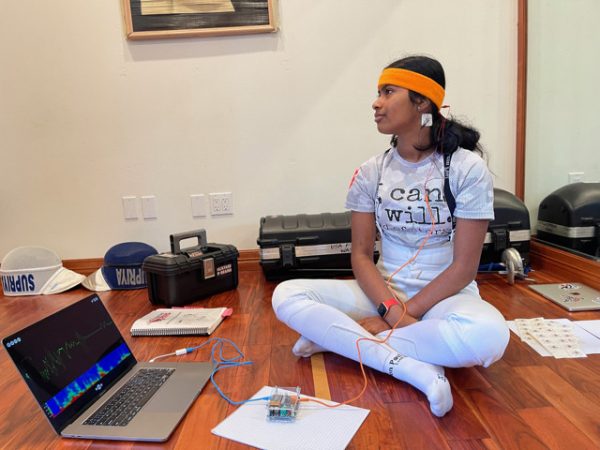 ExperimentSwift and agile musclework and bladework is all you need to be a good fencer. Or is it? As it turns out thanks to Supriya Nair, an eighth-grader from Redmond, WA, the brain and heart have their fair share in it too! The young scientist’s research project on neurofencing just won her yet another first place […]
ExperimentSwift and agile musclework and bladework is all you need to be a good fencer. Or is it? As it turns out thanks to Supriya Nair, an eighth-grader from Redmond, WA, the brain and heart have their fair share in it too! The young scientist’s research project on neurofencing just won her yet another first place […] -
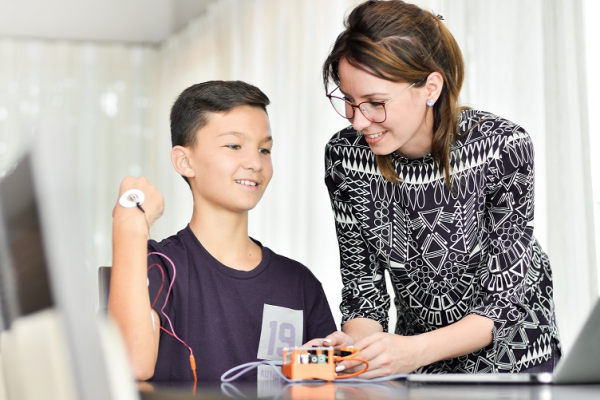 EducationFully remote, fully in-person, or somewhere in a sweet spot between the two. Those are the main safety concerns that are being laid right now in front of the decision makers, on behalf of students, parents, teachers and everyone around them, right at the kickoff of the new academic year. But whichever model prevails, it […]
EducationFully remote, fully in-person, or somewhere in a sweet spot between the two. Those are the main safety concerns that are being laid right now in front of the decision makers, on behalf of students, parents, teachers and everyone around them, right at the kickoff of the new academic year. But whichever model prevails, it […] -
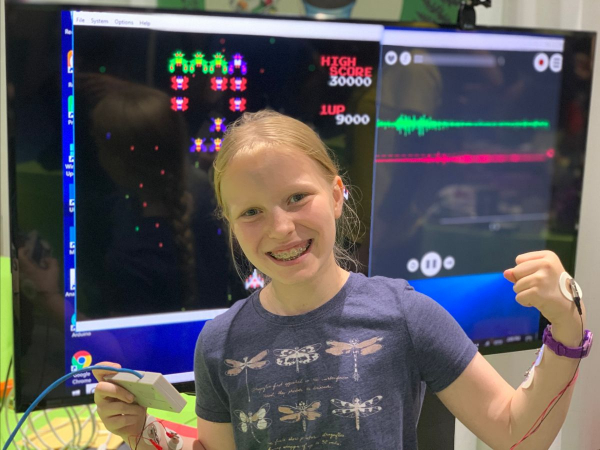 BizAs educators, we are always trying to keep up with our students. We understand that technology is evolving at a rapid pace, and the way students entertain themselves in their free time is changing. Video games are an incredibly popular activity among students of all ages. To best engage with students, our aim is to blend […]
BizAs educators, we are always trying to keep up with our students. We understand that technology is evolving at a rapid pace, and the way students entertain themselves in their free time is changing. Video games are an incredibly popular activity among students of all ages. To best engage with students, our aim is to blend […] -
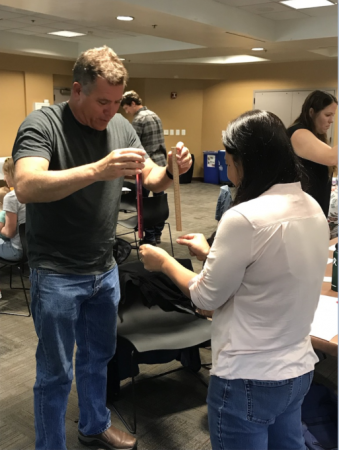 BizRecently we hosted a teacher training workshop in San Diego, featuring some of our newest tools and some new pedagogical strategies! The focus was on the Muscle SpikerBox Pro, Reaction Timer, and Reflex Hammer, which you can see featured in this TEDx Detroit Talk. We received a lot of great feedback, and as part of our “open-source” nature of our company, […]
BizRecently we hosted a teacher training workshop in San Diego, featuring some of our newest tools and some new pedagogical strategies! The focus was on the Muscle SpikerBox Pro, Reaction Timer, and Reflex Hammer, which you can see featured in this TEDx Detroit Talk. We received a lot of great feedback, and as part of our “open-source” nature of our company, […] -
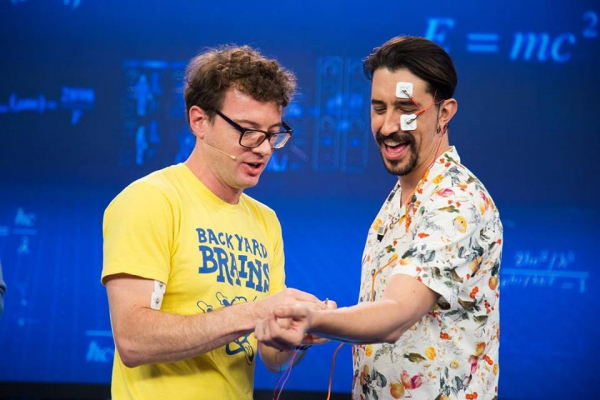 EducationTim marched his way down to El Hormiguero 3.0 (Spanish for “The Anthill”) to to continue talking about electrical impulses in the body. A special guest got to play with our new Claw model, and we dropped teasers for a few new products and experiments that have everybody firin’ and flexin’! ???
EducationTim marched his way down to El Hormiguero 3.0 (Spanish for “The Anthill”) to to continue talking about electrical impulses in the body. A special guest got to play with our new Claw model, and we dropped teasers for a few new products and experiments that have everybody firin’ and flexin’! ??? -
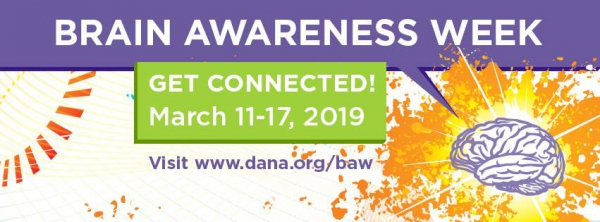 EducationEvery year in late March, scientists across the world band together to participate in Brain Awareness week, an extended event created by The Society for Neuroscience and Dana Alliance for Brain Initiatives to expose kids to neuroscience research. It is a week-long celebration of the brain, really, with participants ranging from universities to government agencies […]
EducationEvery year in late March, scientists across the world band together to participate in Brain Awareness week, an extended event created by The Society for Neuroscience and Dana Alliance for Brain Initiatives to expose kids to neuroscience research. It is a week-long celebration of the brain, really, with participants ranging from universities to government agencies […]